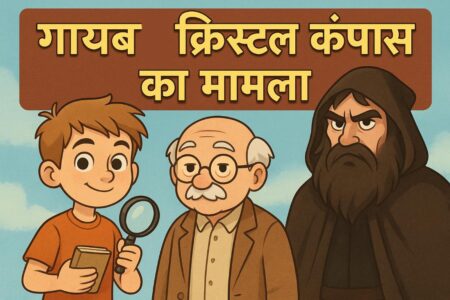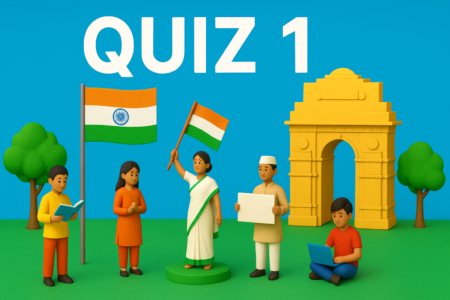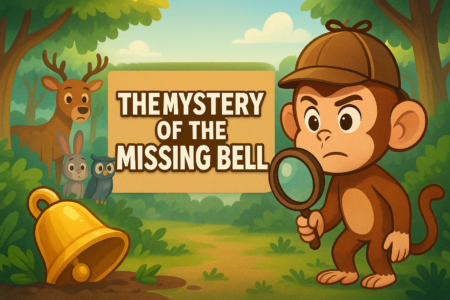A method of communicating sensitive information that is mathematically demonstrated to be shielded from spies’ prying eyes is made possible by quantum physics. However, up until this point, demonstrations of the so-called quantum key distribution method relied on the knowledge that the instruments used to produce and monitor quantum particles were error-free. A sneaky spy may be able to breach the security system undetected due to hidden flaws.
Three research teams have now proven that secure quantum communication is possible without having first verified that the technology is impenetrable. The approach, known as device-independent quantum key distribution, is founded on quantum entanglement, a puzzling connection between particles that connects their characteristics even when they are separated by great distances.
In routine communication, such as the online transfer of credit card data, the information is garbled using a secret code, or key, making it only readable by another person who also has the key. However, there remains a conundrum: How can a remote sender and receiver exchange the key while being sure that no one else has intercepted it in the process?
By transmitting and measuring a succession of quantum particles, such as light particles known as photons, quantum physics offers a method for sharing keys. The users can confirm that nobody other has taken the key by comparing notes. Standard internet security, in contrast, is built on a fragile foundation of arithmetic problems that are difficult for today’s computers to answer and might be broken by emerging technologies, including quantum computers.
But there is usually a catch to quantum communication. According to quantum physicist Valerio Scarani of the National University of Singapore, “there cannot be any unexpected fault.” He gives the following illustration: Assume that your equipment is designed to emit one photon, but unbeknownst to you, it emits two photons. If there were any such weaknesses, the mathematical demonstration of security would no longer be valid. Even though the transfer appears safe, a hacker could be able to discover your secret key.
Such problems can be ruled out via device-independent quantum key distribution. The approach is based on a quantum procedure called a Bell test, which measures entangled particles. These experiments can demonstrate that nonlocality—the notion that measurements of one particle might be associated with those of a distant particle—is one of quantum physics’ “spooky” features. The first “loophole-free” Bell experiments, carried out in 2015, proved that the paradoxical aspect of quantum physics is genuine.
According to Jean-Daniel Bancal of CEA Saclay in France, “The Bell test essentially operates as a guarantee.” We “can deduce that the gadget is operating properly” since a defective device would fail the test.
In their investigation, Bancal and associates employed strontium atoms that were electrically charged and entangled and spaced roughly two meters apart. The team announces their findings in the July 28 issue of Nature. Measurements of those ions confirmed that their gadgets were functioning properly, and the researchers created a secret key.
Typically, long-distance transmissions are the intended use of quantum communication. (It would be easy to just walk across the room and tell someone a secret if they were two meters away.) Scarani and associates investigated rubidium atoms that were entangled and 400 meters apart. The researchers write in the same issue of Nature that the configuration had everything necessary to generate a secret key. However, the team did not go through the entire procedure; as a result, it would have taken months to produce a key.
In the third study, which was written up in the Physical Review Letters on July 29th, researchers worked with entangled photons as opposed to atoms or ions. At a distance of up to 220 meters, physicist Wen-Zhao Liu of the University of Science and Technology of China in Hefei and colleagues also proved the capacity to produce keys. Liu claims that doing this with photons is particularly difficult since photons frequently get lost during transmission and detection.
These methods are considerably more difficult to master, according to physicist Krister Shalm of the National Institute of Standards and Technology in Boulder, Colorado. Loophole-free Bell tests are already a difficult task.
This indicates that the method will not be put to use in practice any time soon, according to University of Geneva physicist Nicolas Gisin, who was not involved in the study.
Nevertheless, Gisin calls device-independent quantum key distribution “a tremendously exciting notion.” Bell tests were created to determine whether quantum physics is indeed as bizarre as it looks, which is a philosophical debate regarding the nature of reality. “This is the beauty,” he continues, “to realize that this now becomes a tool that permits something else.”







